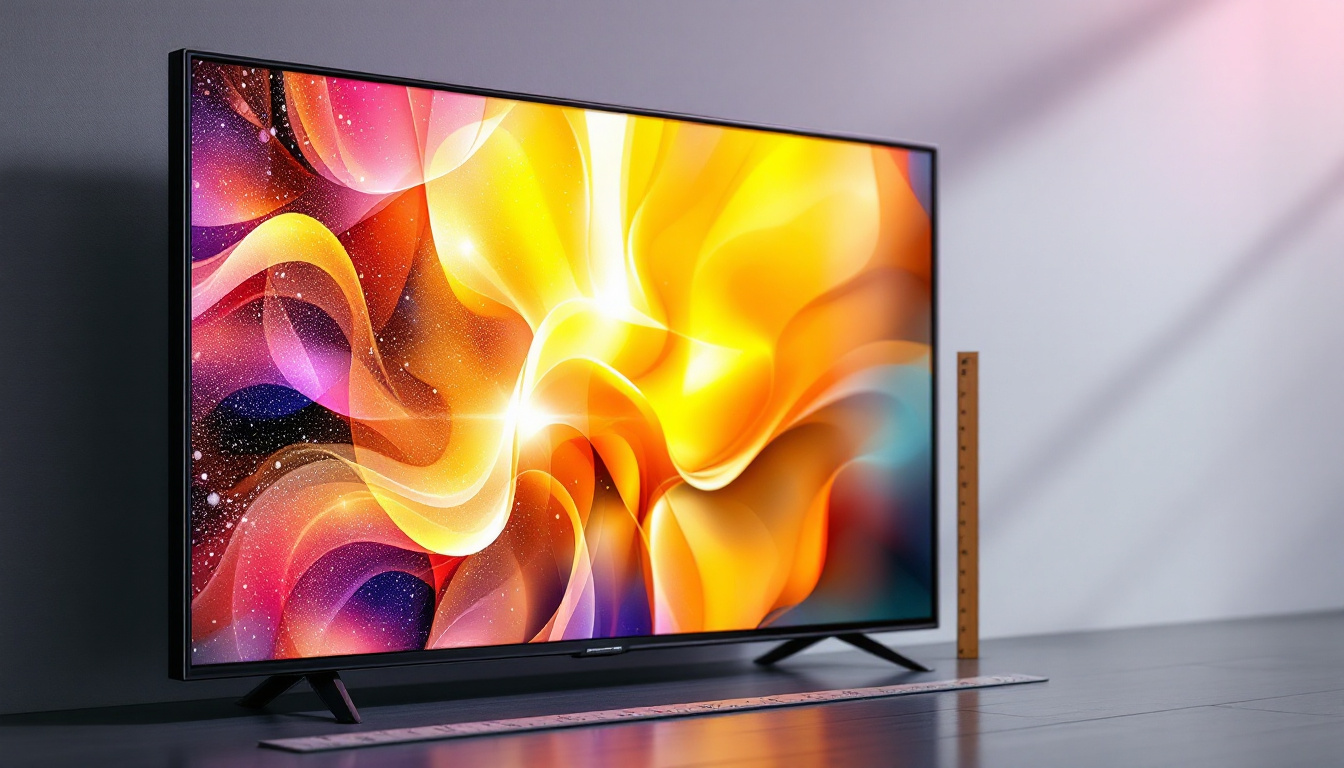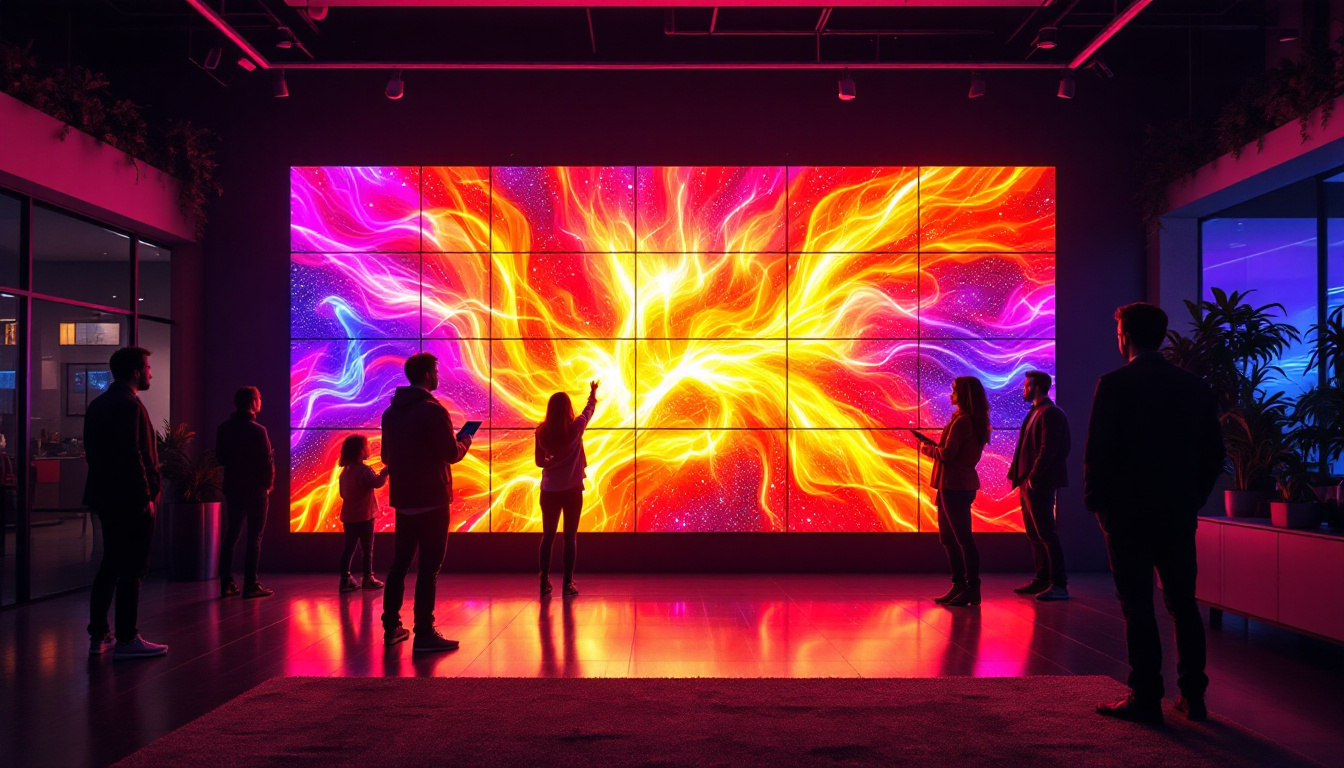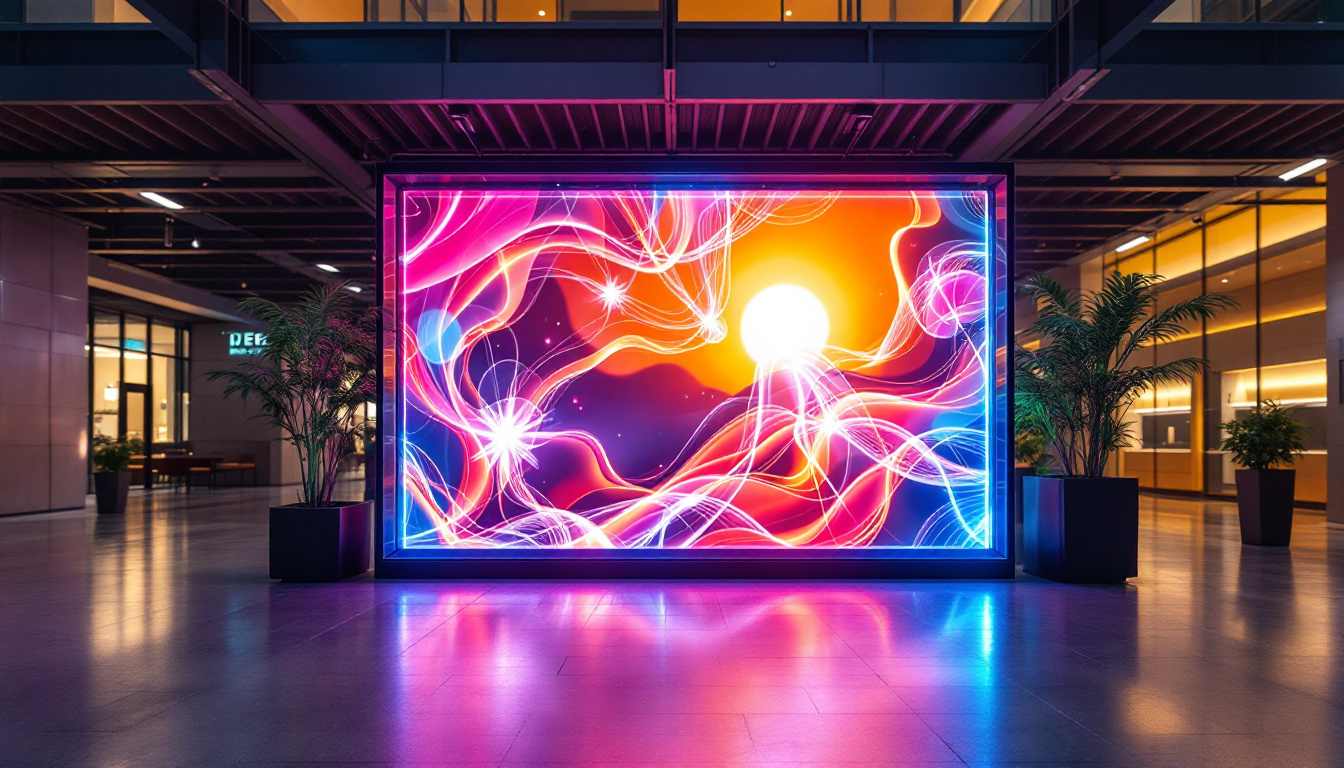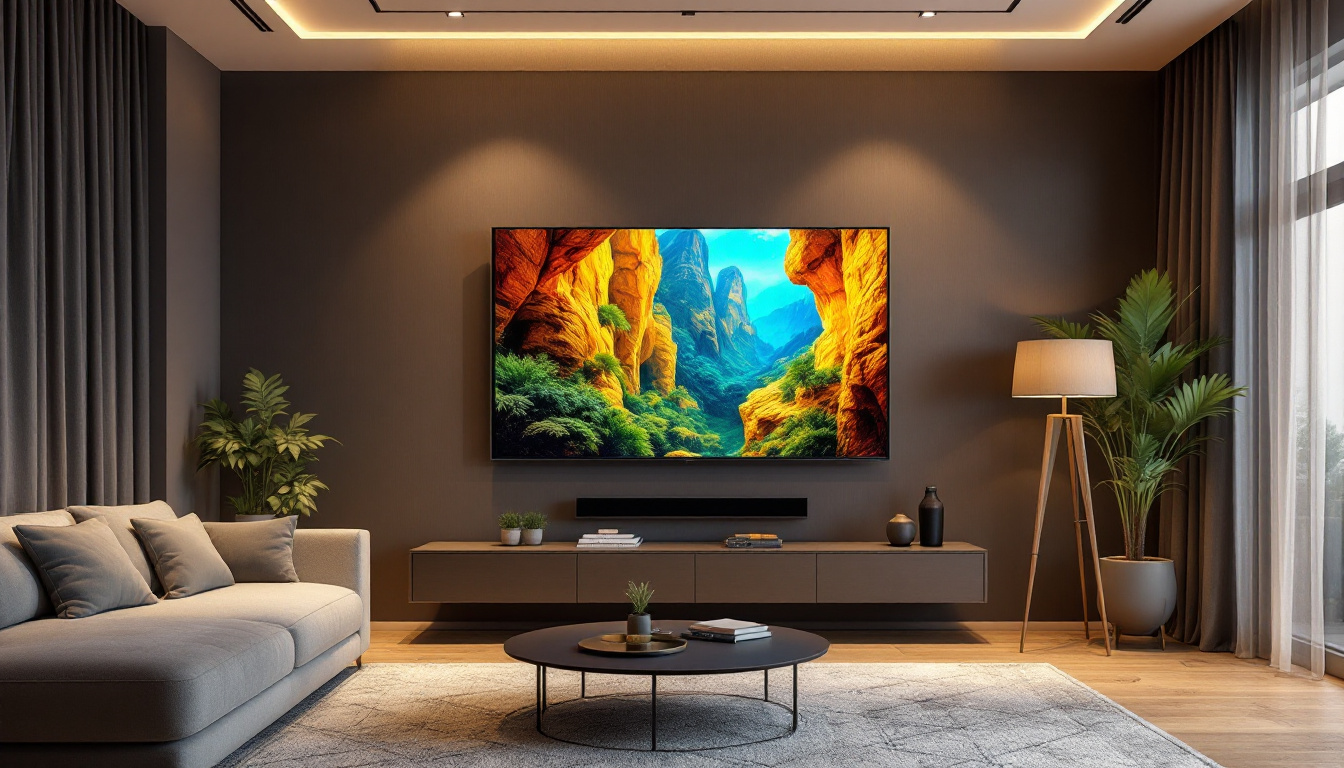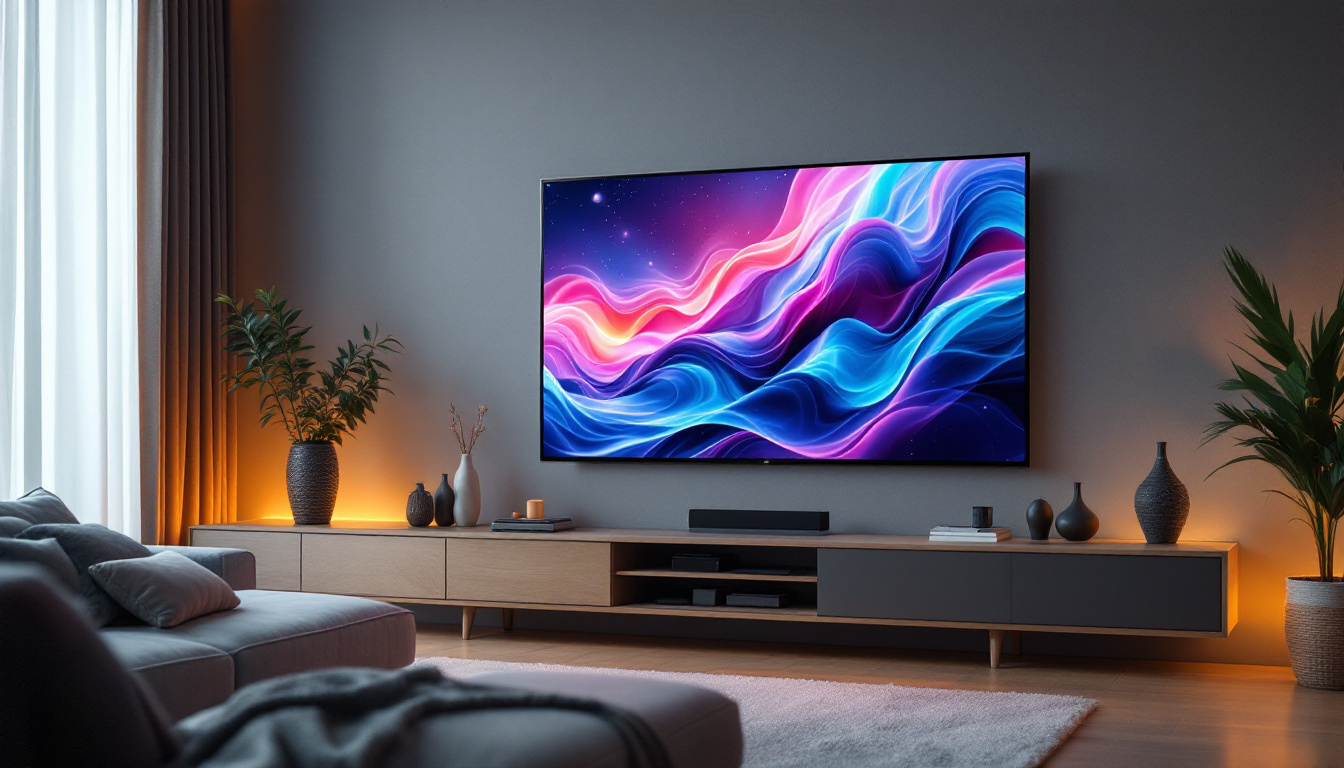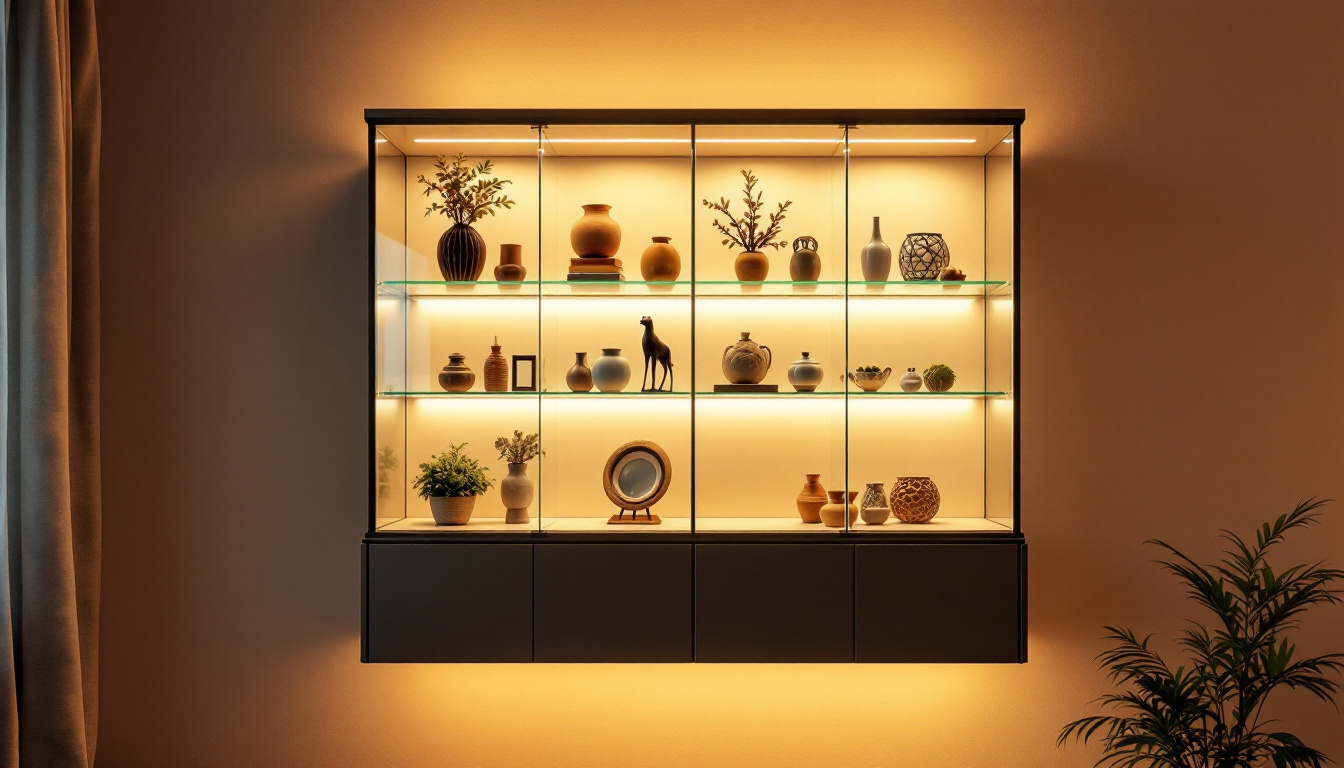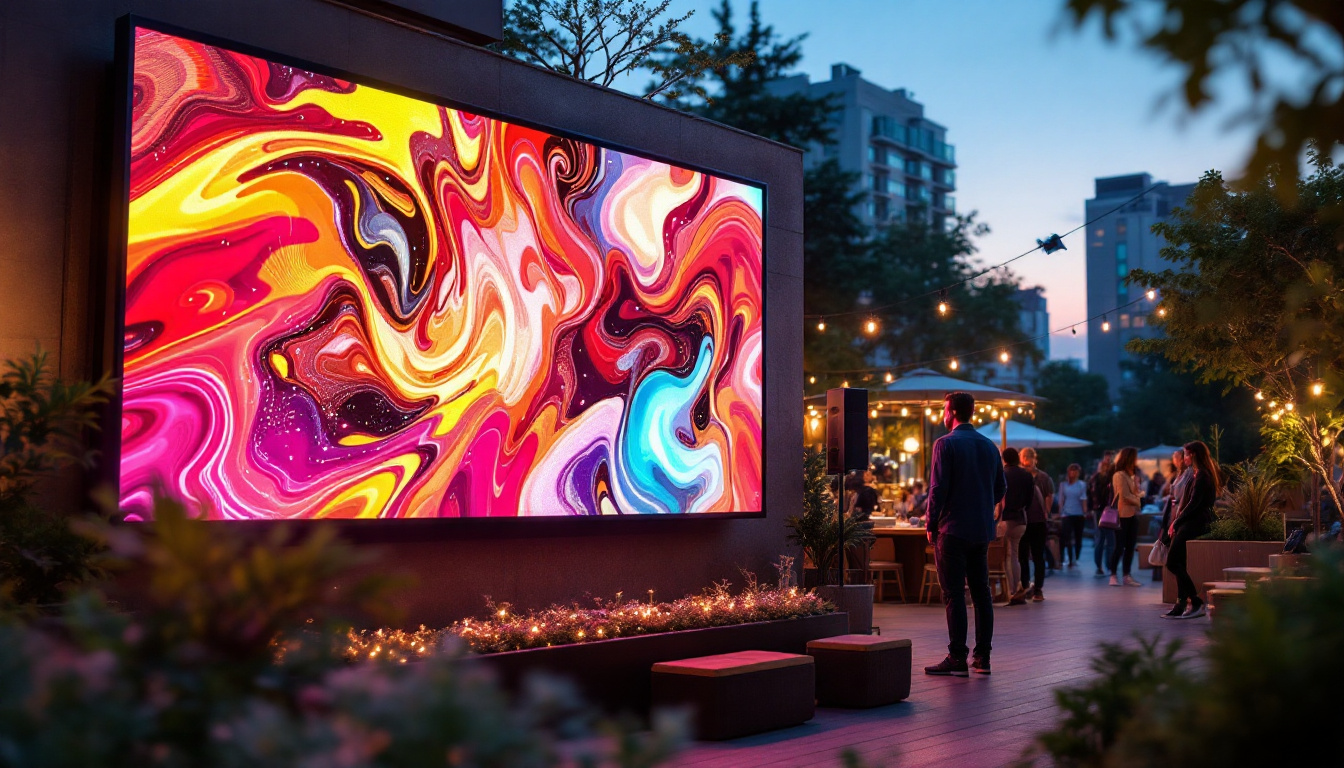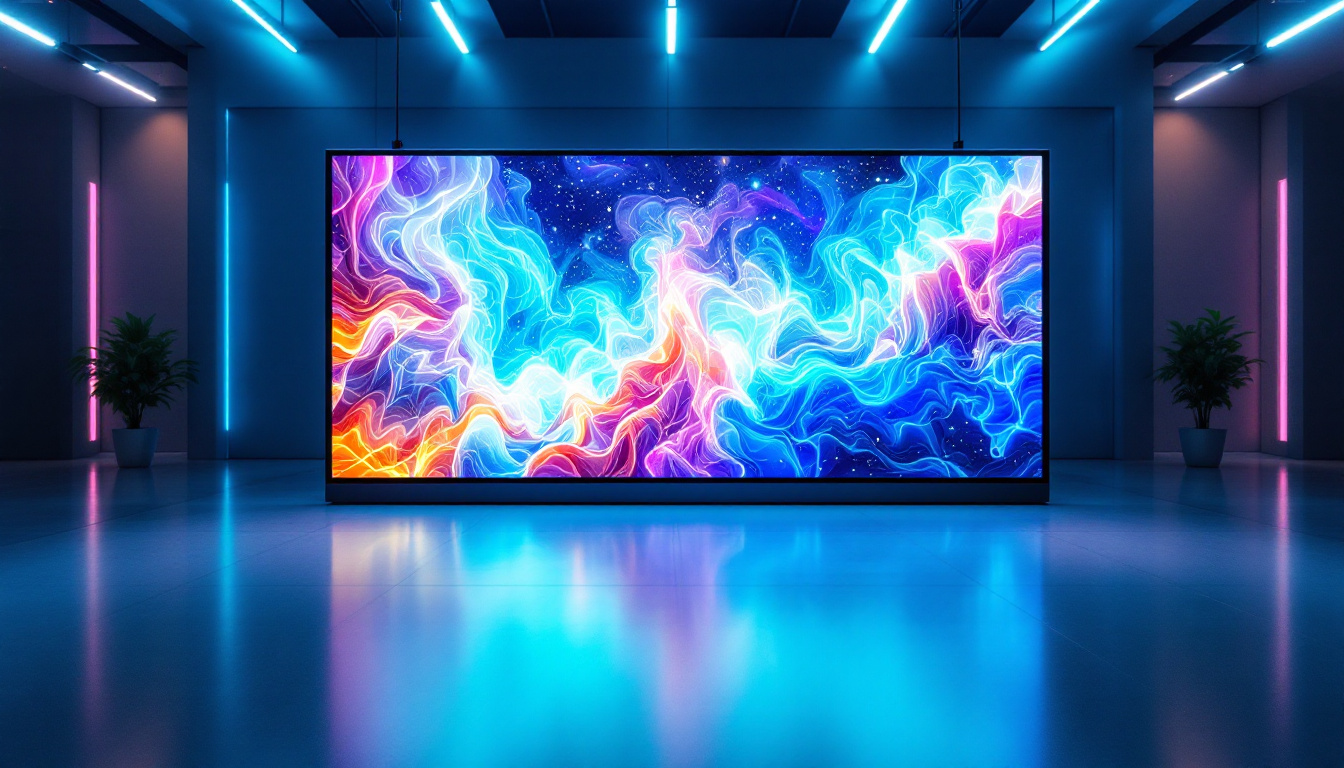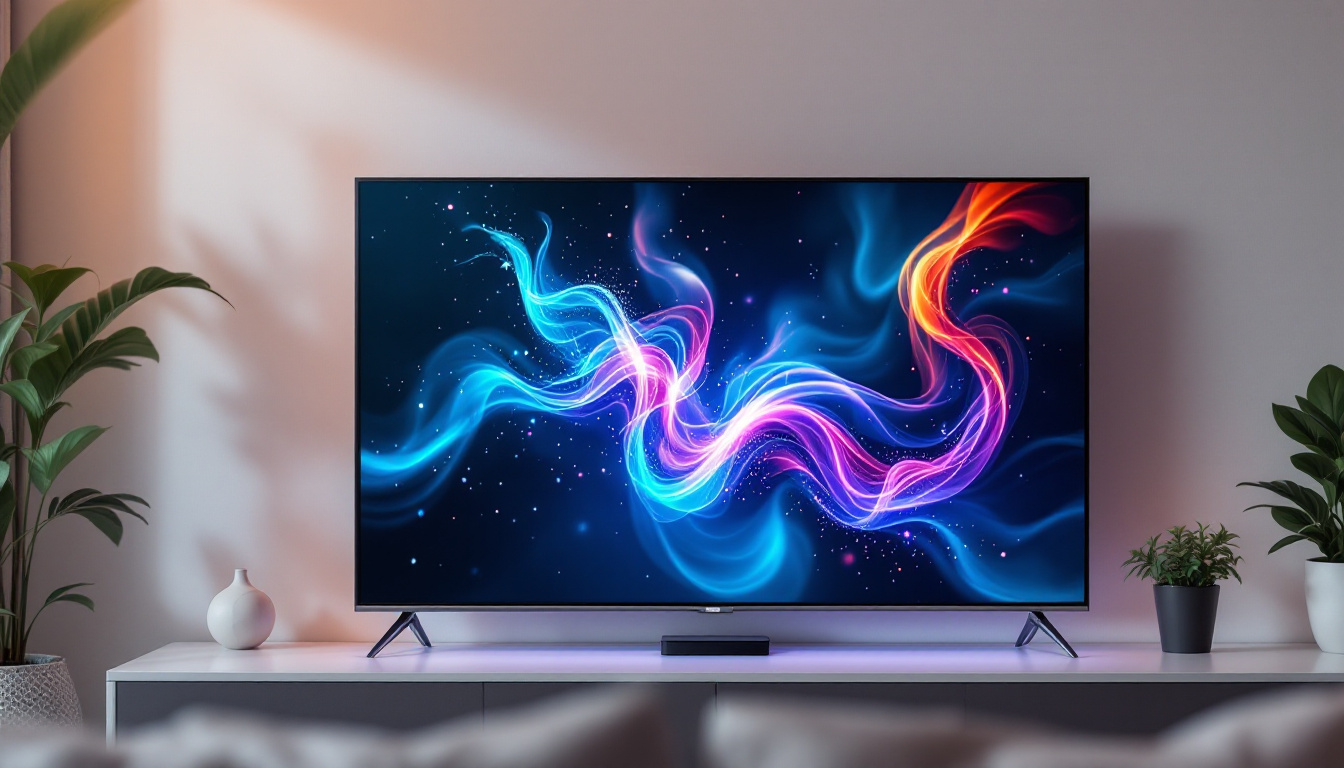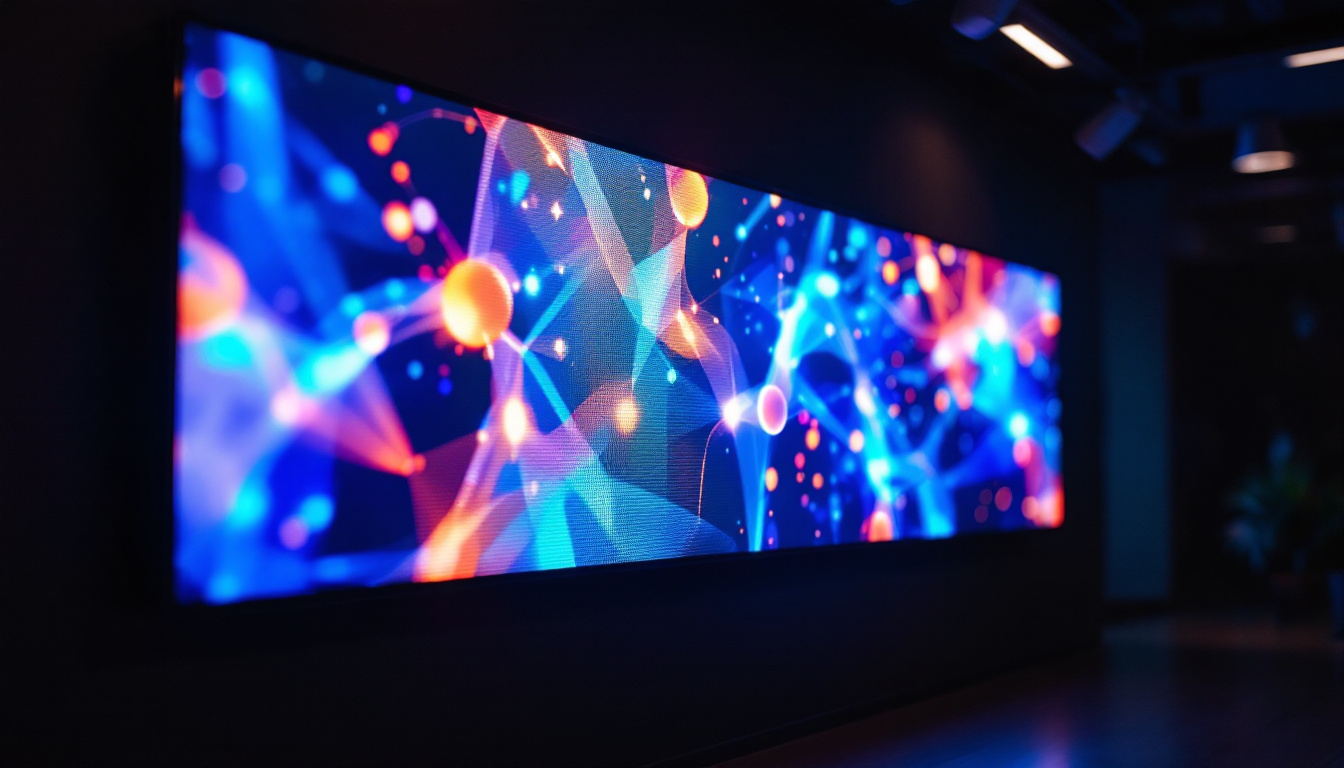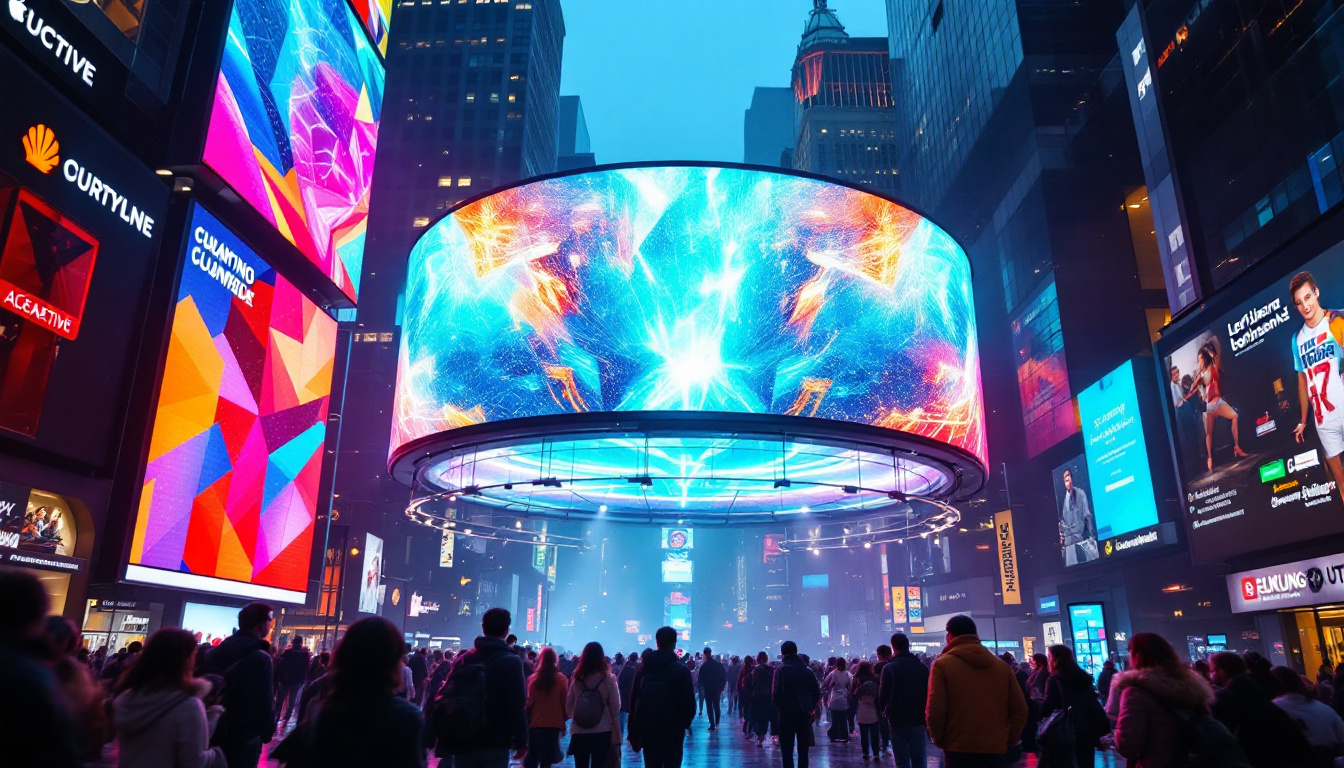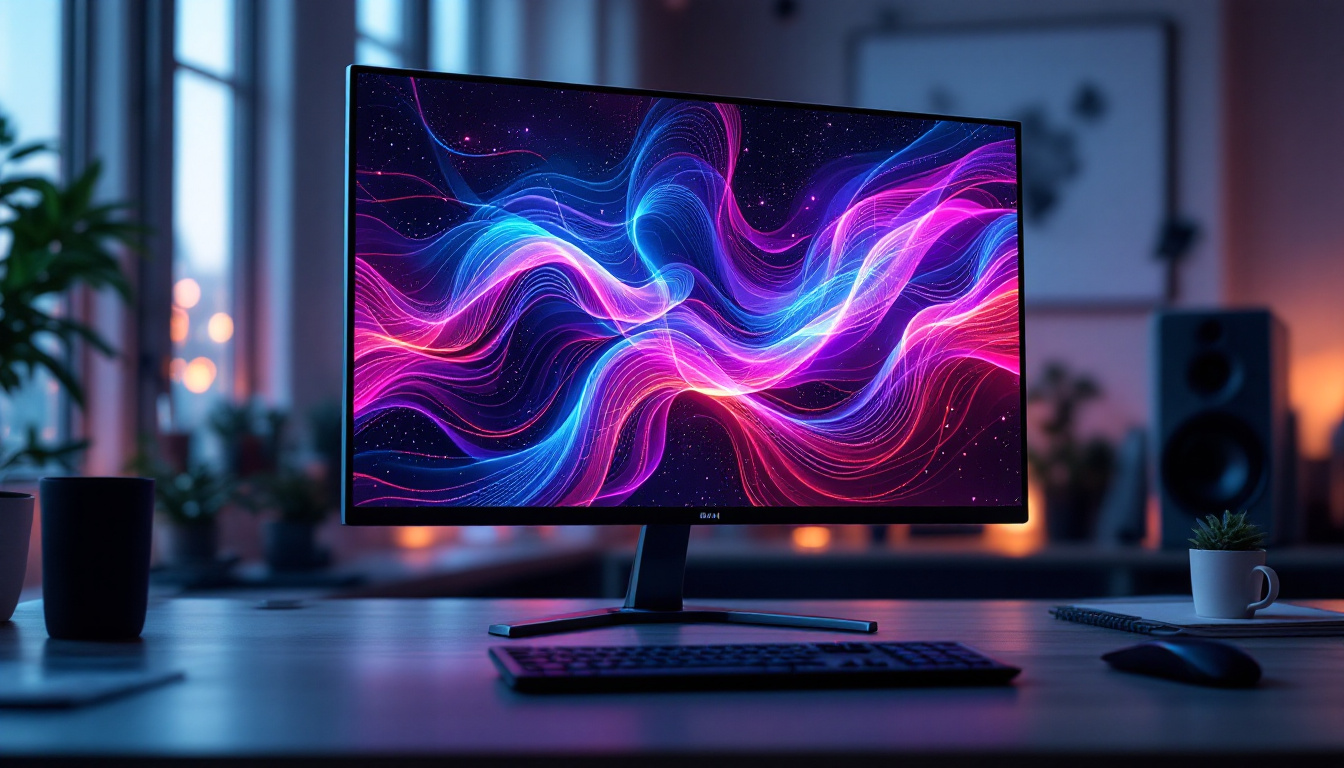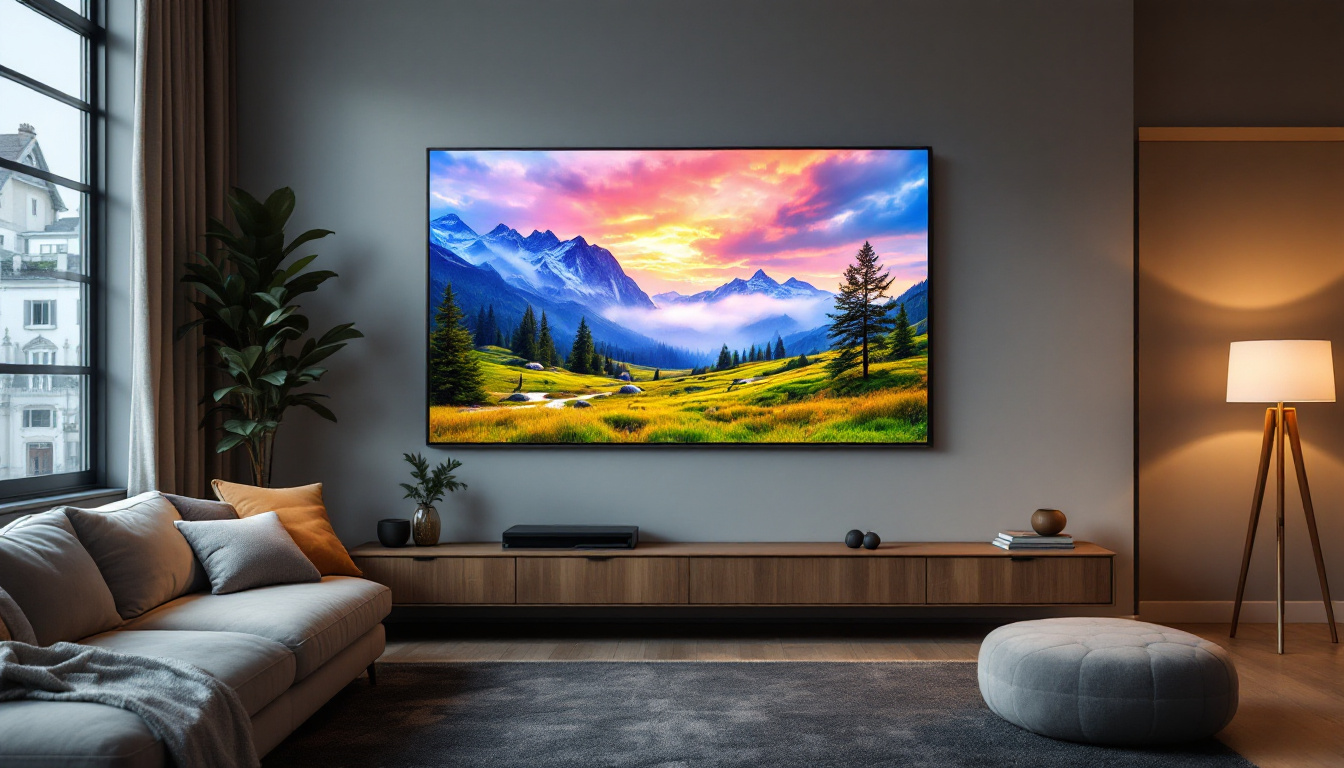In the realm of visual technology, LED displays have become a staple for both commercial and personal use. Their vibrant colors, energy efficiency, and versatility make them a popular choice for a variety of applications. Among the many specifications used to describe these displays, the dimensions of the screen play a crucial role in determining its suitability for different environments. This article delves into the diagonal measurement of a 40 x 60 LED display and explores its implications for users.
Understanding LED Display Dimensions
When discussing LED displays, dimensions are typically given in width and height, such as 40 x 60 inches. However, many users may not realize the importance of understanding these dimensions in relation to the diagonal measurement, which is often used to describe the size of screens in a more standardized manner.
What Does 40 x 60 Mean?
The dimensions 40 x 60 refer to the width and height of the LED display in inches. In this case, the display is 40 inches wide and 60 inches tall. This rectangular shape is common for many applications, including digital signage, presentations, and video walls.
These measurements are essential for determining how the display will fit into a given space. For instance, a 40 x 60 display may be ideal for a large conference room or an outdoor advertising space, where visibility from a distance is crucial. Additionally, understanding the aspect ratio, which in this case is 2:3, can help users decide how to best utilize the screen for various types of content. A 2:3 aspect ratio is particularly effective for displaying images and videos that are taller than they are wide, making it suitable for portrait-oriented content like advertisements or informational displays.
Calculating the Diagonal Measurement
To find the diagonal measurement of a rectangular display, the Pythagorean theorem is employed. This theorem states that in a right triangle, the square of the hypotenuse (the diagonal in this case) is equal to the sum of the squares of the other two sides. For a 40 x 60 display, the calculation would look like this:
Diagonal = √(Width² + Height²) = √(40² + 60²) = √(1600 + 3600) = √5200 ≈ 72.11 inches.
This means that the diagonal measurement of a 40 x 60 LED display is approximately 72.11 inches, which is a significant size that can enhance visibility and engagement in various settings. It’s worth noting that the diagonal size is often a more intuitive way for consumers to gauge the screen size, as many televisions and monitors are marketed this way. Consequently, when comparing LED displays to other types of screens, understanding the diagonal measurement can help users make informed decisions about their purchases, ensuring that they select a display that meets their specific needs for both space and viewing distance.
Importance of Diagonal Measurement
The diagonal measurement is often the most referenced size when it comes to purchasing displays. This is because it provides a quick reference for understanding the overall size of the screen, which can be more intuitive than comparing width and height alone.
Why Diagonal Size Matters
Knowing the diagonal measurement of a display is crucial for several reasons. Firstly, it helps consumers to visualize the screen size in relation to their space. A larger diagonal measurement often indicates a more immersive viewing experience, which is particularly important for applications like video presentations or advertising.
Secondly, the diagonal measurement influences the aspect ratio of the display. Most LED displays have a standard aspect ratio, such as 16:9 or 4:3, which affects how content is displayed. Understanding the diagonal size can help users choose the right aspect ratio for their needs, ensuring that visuals are presented in the best possible way.
Moreover, the diagonal measurement can also impact the pixel density of the display. Higher pixel density results in sharper images and clearer text, which is particularly beneficial for detailed graphics or text-heavy presentations. For example, a display with a diagonal measurement of 55 inches may offer a different pixel density compared to a 75-inch display, even if both have the same resolution. This distinction can significantly affect the quality of the viewing experience, especially in professional settings where clarity is paramount.
Choosing the Right Display Size
When selecting an LED display, it is essential to consider not just the diagonal measurement but also the viewing distance. The ideal size can vary depending on where the audience will be positioned. For instance, a display that is 72.11 inches diagonally may be perfect for a large room, but it could be overwhelming in a smaller space.
As a general rule, the larger the display, the further away the audience should be for optimal viewing. This is particularly important for events like conferences or trade shows, where attendees may be seated at varying distances from the screen. Additionally, factors such as the lighting conditions in the room can also play a significant role in determining the appropriate display size. In brightly lit environments, a larger display may be necessary to ensure visibility and engagement, whereas in darker settings, a smaller screen may suffice without losing impact.
Furthermore, the intended use of the display should also guide the decision-making process. For instance, a display meant for interactive presentations might benefit from a larger size to accommodate multiple viewers at once, while a display intended for personal use, such as in a home office, may not need to be as large. Understanding the context in which the display will be used can help consumers make more informed choices, ensuring that they select a screen that not only fits their space but also enhances the intended experience.
Applications of 40 x 60 LED Displays
The versatility of a 40 x 60 LED display makes it suitable for a wide range of applications. From corporate environments to entertainment venues, these displays can serve various purposes effectively.
Digital Signage
One of the most common uses for a 40 x 60 LED display is digital signage. Businesses often utilize these displays to showcase advertisements, promotions, or important information to customers. The size allows for clear visibility from a distance, making it an effective tool for attracting attention and conveying messages.
In retail environments, for example, a 40 x 60 display can be used to highlight sales or new products, enhancing the overall shopping experience. The vibrant colors and dynamic content that LED technology offers can significantly impact customer engagement and sales.
Presentations and Events
In corporate settings, a 40 x 60 LED display can elevate presentations and meetings. The large screen size allows for detailed visuals, ensuring that all attendees can see the content clearly, regardless of their seating position. This is particularly beneficial during large conferences or seminars where information needs to be shared with a broad audience.
Moreover, the ability to display high-quality video content makes these displays ideal for events such as product launches or trade shows, where visual impact is key to capturing audience interest.
Entertainment and Sports Venues
In the realm of entertainment, a 40 x 60 LED display can be a game-changer for venues like theaters, concert halls, or sports arenas. These displays can be used to show live feeds, promotional videos, or interactive content, enhancing the overall experience for attendees.
For sports events, a large LED screen can provide instant replays, scores, and player statistics, keeping fans engaged and informed. The high visibility from various angles ensures that everyone in the venue can enjoy the content being displayed.
Factors to Consider When Buying an LED Display
Purchasing an LED display involves more than just knowing the dimensions. Several factors should be taken into account to ensure that the chosen display meets the specific needs of the user.
Resolution and Brightness
Resolution is a critical factor in determining the quality of the visuals displayed. Higher resolutions provide sharper images and more detail, which is especially important for presentations or video content. For a 40 x 60 LED display, a resolution of at least 1080p is recommended for optimal clarity.
Brightness is another essential aspect, particularly for outdoor displays. The brightness level, measured in nits, determines how well the display performs in various lighting conditions. A higher brightness level ensures that content remains visible even in direct sunlight, making it ideal for outdoor advertising.
Installation and Maintenance
Installation requirements can vary based on the type of LED display chosen. Some displays may require specialized mounting solutions or additional hardware for proper setup. It is advisable to consult with professionals to ensure that the installation process is handled correctly.
Maintenance is also a key consideration. LED displays are generally low-maintenance, but periodic cleaning and inspections are necessary to keep them functioning optimally. Understanding the maintenance requirements can help users budget for long-term ownership costs.
Cost and Warranty
Cost is often a decisive factor when purchasing an LED display. Prices can vary widely based on size, resolution, and brand. It is essential to compare options and find a display that fits within the budget while still meeting the necessary specifications.
Additionally, considering the warranty offered by the manufacturer can provide peace of mind. A comprehensive warranty can protect against defects and ensure that the display remains functional for years to come.
Conclusion
Understanding the diagonal measurement of a 40 x 60 LED display is crucial for making informed decisions about its use and application. With a diagonal measurement of approximately 72.11 inches, this display size offers versatility for various settings, from digital signage to corporate presentations and entertainment venues.
By considering factors such as resolution, brightness, installation, and cost, users can select the right display that meets their needs. The impact of a well-chosen LED display can be significant, enhancing visibility, engagement, and overall user experience.
As technology continues to evolve, LED displays will remain a vital component of visual communication, making it essential for users to stay informed about their options and capabilities.
Discover the Perfect LED Display with LumenMatrix
Ready to take your visual experience to the next level? LumenMatrix offers a wide array of cutting-edge LED display solutions tailored to your needs. Whether you’re looking to enhance your corporate presentations, captivate your audience at entertainment venues, or grab attention with dynamic digital signage, LumenMatrix has you covered. From Indoor and Outdoor LED Wall Displays to specialized solutions like Vehicle, Sports, and Floor LED Displays, our mission is to revolutionize your visual communication. Check out LumenMatrix LED Display Solutions today and see how we can help you share your message with impact and clarity.

